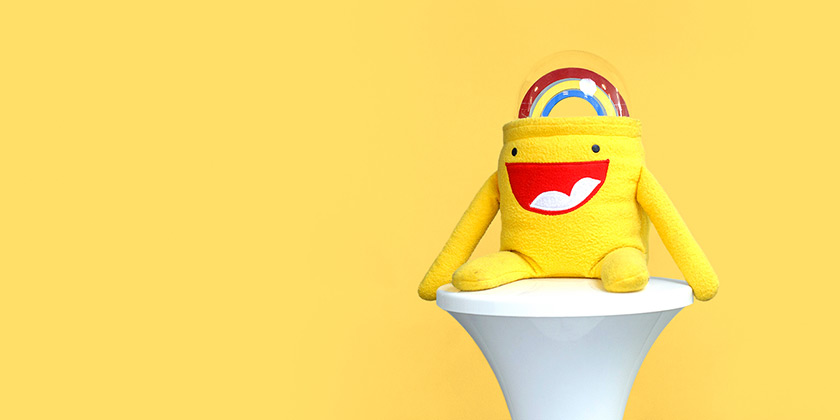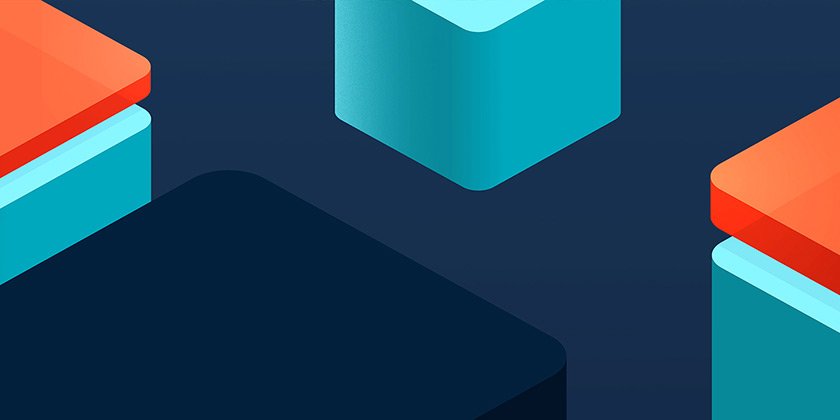We are conference affectionados at Kyan. As well as hosting our own, we try to visit as many as possible. This year already we've been to Bath Ruby, Pittsburgh's RubyConf 2018, UX London, TNW 2018, Diversity in Technology, Accountex... and, of course, WXG. Conferences should leave you feeling entirely engaged with your industry and the people around you, and Bath Ruby was no exception. Karen Fielding remenises and shines a spotlight on our experience at the UK's largest dedicated Ruby conference.
How would you describe the Bath Ruby conference experience?
Bath Ruby has a really positive vibe. It felt like the Ruby community were out in force his year. Having Matz (Yukihiro Matsumoto, creator of the Ruby programming language) there to give a keynote was obviously a draw, as he hadn't been to the UK for a few years and this was the first UK conference keynote he'd given. We felt very privileged to be there.
What talks did you enjoy the most?
The vast majority of talks were good, relevant and interesting. Matz keynote speech felt heartfelt and was a very interesting overview of both where the language first came from and where it's going.
Andy Croll was the second talk – he’s an amazing speaker. He spoke about the impermanence of software, finding a good work/life balance, putting software development into perspective, and realising you need to make work fun where you can. Your co-workers are the people who matter, and together you need to build good apps to allow people to be happy to work on them.
The take-away point: when changing software development jobs, you very rarely remember 'that one huge migration' or 'that feature you banged your head against a desk about for weeks'. Instead, you remember your ex-colleagues and how you all pulled together through those times. But more likely, you remember the times it was going well and you all had fun together. Make more moments like that, the feelings in everyday development are important.

What were your learnings from Bath Ruby?
The Ruby community has a lot of love feeding into it! The Ruby/Rails share of the web development pie is getting smaller every year, but that's just pushing those still invested in it to make it better. The biggest problems with Ruby (such as speed issues) are the highest priority for the next big version releases. A lot of people have very real connections to the language, as a language which prioritises _language_ over almost everything else it's easy to see why. Writing human-readable code with a very low barrier for entry leaves people with a lot of love for it.
Did Bath Ruby inspire you to try anything new or to do something different?
There was a lightning talk called ‘co[p|d]ing’, which covered how the speaker (@flying_grizzly) found certain coding practices helped with his depression. One thing about programming which first sparked my interest was the immediate feedback loop; you write some code in an attempt to solve a micro-issue, and get a response of whether or not it worked. Programming usually amount to lots of these ‘tiny puzzles’ that you're solving one at a time, working towards solving a bigger puzzle. But it can become frustrating when you're stuck with a non-logic issue (Docker not running correctly or the like). By working through tried-and-tested programming tutorials, you're almost guaranteed to only get positive feelings from programming, which can be amazing for both mental health and also for reigniting a love for coding.
People talking publicly about their mental health really does help to remove the stigma around it. This bravery and honesty always impresses me and hooks me into their talks.
For changing the way I work, there was another lightning talk on 'Shifting Left and Right', which covered how to better fit testing into the development workflow. Instead of:
front-end/back-end -> testing -> client -> production
...you move testing both left, into the front/back-end development area and also right in to the production area. To move it left you add testers to a team earlier on to act almost like consultants to the development teams, and to move it right you need to be adding features to production more quickly, but behind feature flags. This allows testers to test the feature properly on a production environment without exposing it to end-users.
What makes a good conference?
It’s big and little things. The big wins are interesting talks by charismatic speakers, which Bath Ruby had in droves. It’s the first time I’ve seen this kind of break structure at a conference; 15 minute breaks every 50 minutes max. So lots and lots of time to mingle.
It was an amazing location with lots of great food places nearby. Plus, free coffee and breakfast! Only poor note: the coffee line was HUGE, so we ended up going to nearby coffee shops instead of queueing. But as you're in Bath, even the little coffee shops are absolutely stunning.
![]()



